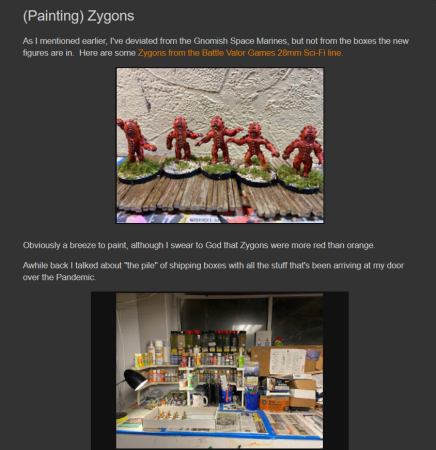During the Christmas break of 2006, I started to build a model of a U.S. two-turret monitor from the game Space 1889. The model is based on the Sky Galleons of Mars model gunship USS Kersarge.
Background
In 1988, GDW published a roleplaying game called Space 1889. The brainchild of Frank Chadwick, the game takes place in an alternative universe which has more in common with the imagined worlds of Jules Verne and Edgar Rice Burroughs than our own. Mars – the Red Planet - is inhabited by an ancient race who have built canals and a thriving civilization. When Thomas Edison invents a space drive (the Aether Propeller), he opens up these mysterious worlds to the imperial nations of Earth, and a wave of interplanetary colonization begins.
Vessels on Mars are able to float or fly through the air by the magical properties of 'liftwood' – "a sort of anti-gravity material!" For anyone wanting additional information, there are many books, games, and models still available.
The model is built to a scale of 1/300th (or 1 mm = 1 foot). A scale arrived at by accident when I was thinking of building a model of HMS Aphid (a flying gunship which is featured quite heavily in the game). I now have a number of models built to this scale, which I occasionally use to fight small skirmish actions using Aeronef (another game based on Victorian Science Fiction or VSF, and available from Wessex Games).

I would hope that the techniques used and described will be of interest and help to anyone wanting to scratchbuild similar models. Not just VSF, but historical miniatures as well.
Construction
The first batch of pictures show the initial stages of construction, plus some rough drawings that I made from pictures that I found on the web – Paul James' blog Yours in White Wine Sauce – and in particular, a set of photos entitled Fleets of the Red Sky (which can be found in the Aeronef section).




The main hull is made from heavy duty plasticard - the thicker section used is 10mm plastic window ledge scrap I was given some time ago, and the thinner section is 3mm thick white plastic display boards used at tradeshows (NEC, Birmingham, etc.). Both materials were free, and perfect for scratchbuilding.
In the case of the initial shaping, the individual parts were cut slightly larger than needed, and sanded to shape and size using different grades of sandpaper stuck down to a sheet of toughened glass with double-sided tape. Once I was satisfied, the pieces were stuck with superglue (I use industrial superglue and accelerator, which I purchase from an industrial warehouse that supplies glue to double-glazing fitters – check out Howdens Joinery Company in the U.K.).






